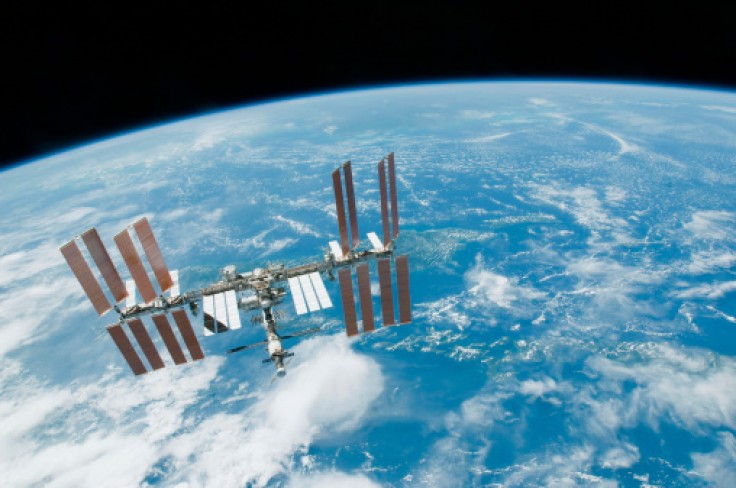The International Space Station has been in Earth's orbit for more than two decades and was the home for many astronauts. The artificial satellite has already gone beyond its expected 15-year lifespan, and it is almost time to finally decommission it. However, it might cost a fortune to do just that.

Cost of Retiring the Space Station
NASA first announced its plans to finally decommission the ISS back in January 2022, with its operations only lasting until the early end of the decade. But it won't be so simple since there are several measures to take care of.
Retiring such a gargantuan satellite will take a lot, specifically almost $1 billion. The initiative's cost could reach such numbers due to the avoidance of depending on Russian vehicles. Whichever plan they intend to follow, it all boils down to the ISS needing to be decommissioned.
According to Interesting Engineering, the satellite has already suffered many challenges ranging from the harsh conditions of space to just simple infrastructure aging. With these issues, the ISS is becoming less sustainable with its maintenance requirements.
With the Biden-Harris Administration's extension of the ISS' lifespan, the goals are to continue with scientific research, as well as reap educational and technological benefits. There's also the development of the space market and economy for the future.
Northeastern University political scientist Mai'a Cross said that the ISS is "a key symbol of international and civilian cooperation. In terms of civilian cooperation, I think many would describe it as the biggest project ever embarked upon in human history."
What Would Happen to the ISS?
Once the massive satellite has been retired, they can't exactly just leave it up there. It can cause accidents such as satellite collisions once no one is on board to steer it away from impact, which astronauts have already done several times in the past.
Astrophysicist Jonathan McDowell says it would also deteriorate and break up, which is why it's not a good solution even though it would be nice to think of it as a museum. Other methods have already been debated by experts.
Another is boosting the ISS further out of orbit for it to leave Earth's orbit, but abandoning it could still pose a threat as it can still damage other satellites. The commonly proposed solution is to crash the satellite into the Pacific Ocean.
It will be crashed between New Zealand and South America 2,688 kilometres from the nearest land. The area is called Point Nemo or the Oceanic Pole of Inaccessibility, according to Science Focus, but that opens up a myriad of issues as well.
That part of the ocean may be far from any human-populate areas, but it is still filled with marine wildlife. Such an impact could have devastating effects on both animals and the marine environment, says marine environmentalist Vito De Lucia.
De Lucia has co-authored a report about protecting the marine environment in the area where retired spacecraft are landed, also expressing that the impacts have been "generally neglected by space agencies."









